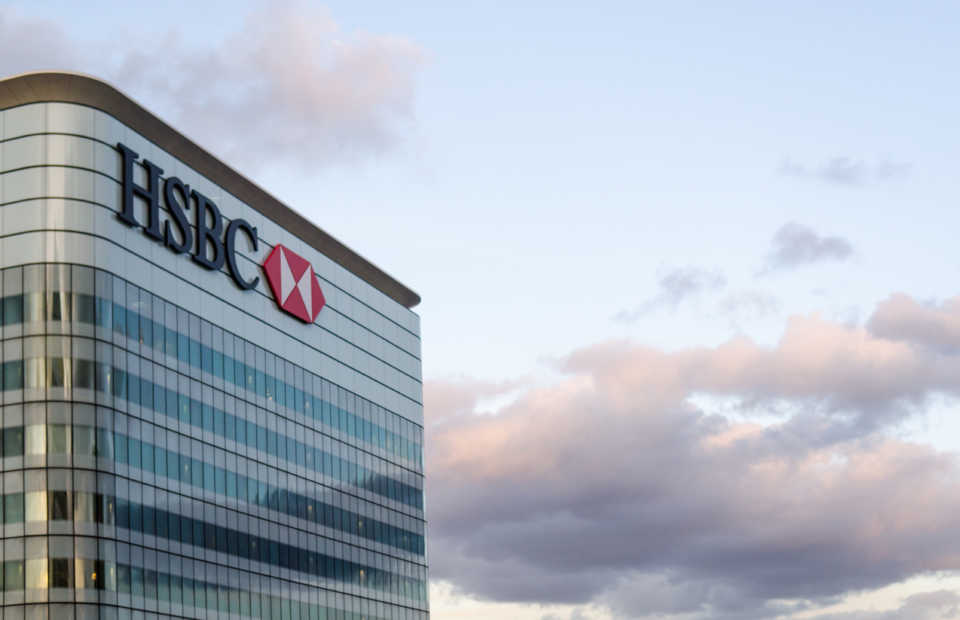China announced this week that its economic growth in 2018 had slowed down to 6.6 percent because of heavy US tariffs imposed on Chinese goods. With that, the Chinese policy makers have pledged to revive the economy by reducing the number of job losses this year. The country’s current efforts to improve its private sector will result in a “self-sustained recovery,” British multinational bank HSBC said in a report.
Previously, China’s stimulus package was centered on infrastructure spend, but this year the focus is on new corporate tax cuts for non-state sectors. “The shape of the stimulus package this time is very different from earlier rounds,” Hong Kong-based HSBC economists Qu Hongbin and Julia Wang said in the HSBC report. “We believe that it will not only work, but will also trigger a self-sustained recovery in the coming quarters.”
Chinese politician Premier Li Keqiang said that the country has set its 2019 economic target at 6.0 percent to 6.5 percent which is lower than last year’s expectations. The country’s target for consumer price inflation is at three percent and its budget deficit goal is at 2.8 percent.
“What China can really do this year is to prevent deflation while stopping a recession and a hard landing in the economy,” Chen Xingdong, chief China economist at BNP Paribas, explained.
That said, there views are mixed as some economists remain skeptical of China’s data. “Whenever there’s a problem, Chinese data are meaningless,” said Derek Scissors, a resident scholar at the American Enterprise Institute. “The problem in this case is a clear economic slowdown over the last nine months. Nothing China publishes in this setting can be trusted.”

